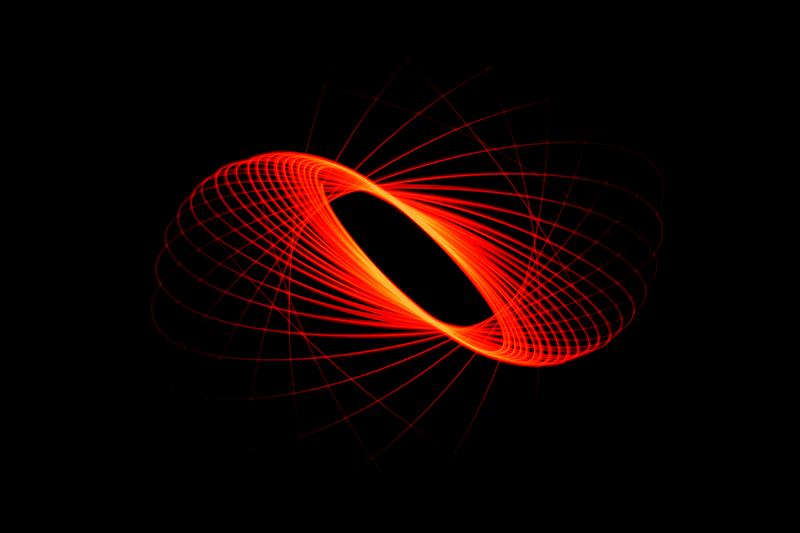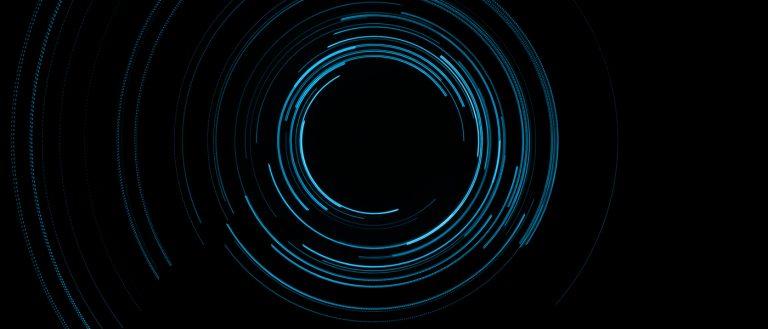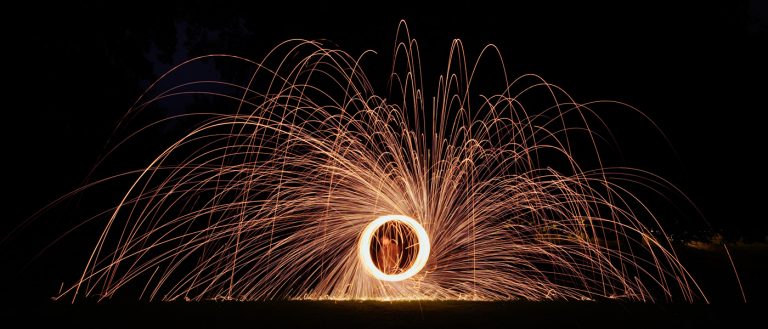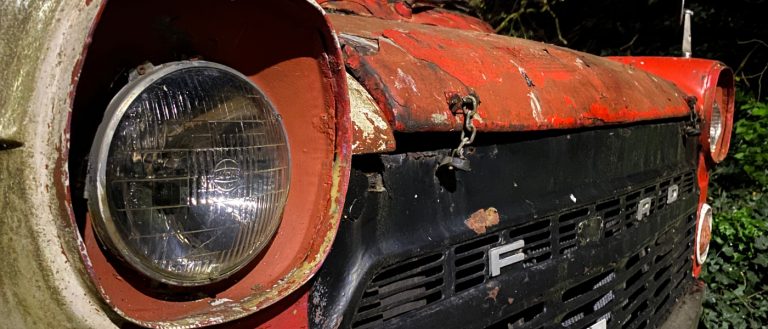After seeing quite a few examples online lately, I thought I would have a go at creating some Physiograms.
What is a Physiogram?
Physiography is actually a field of geography that studies the processes and patterns found in the natural environment. The name Physiogram is apt because it is a photographic study of the patterns and movement of a suspended object. Imagine an object tethered to a string and suspended from a fixed point. If you push it, the object will swing around in a neat circular motion at first, completing each rotation in roughly the same place each time. However, as the object loses velocity, it will complete an orbit that is increasingly smaller than the last one.
The sequence of rotations that the object takes while it swings around isn’t visible to the naked eye. Making a light source the object, and using long exposure photography we can view the entire path of the object in a single image.
For this first go at producing these images – a lightweight red coloured LED ‘Snaplight’ (heavily taped up to cover all but a small aperture at the bottom) was used.
A fairly short duration open spin
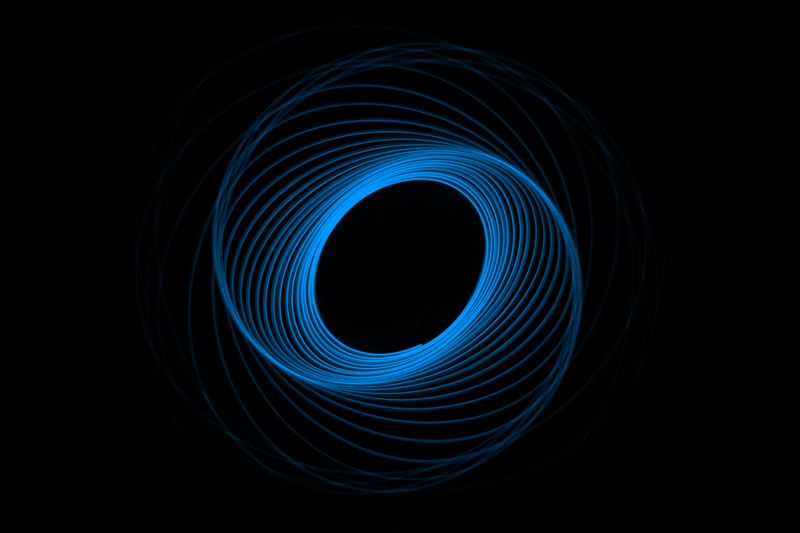
With a change in temperature applied in post processing

Longer spin with a narrower swing angle
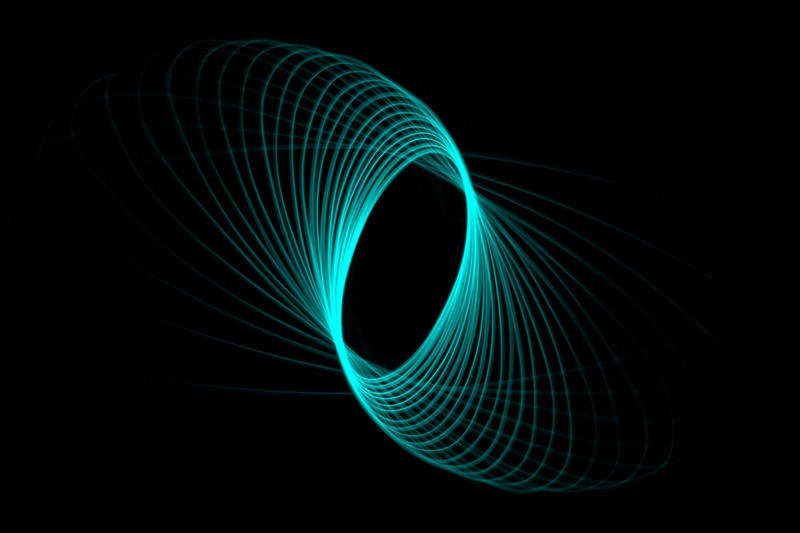
Another with a change in temperature applied in post processing
For this image I introduced a spin to the light source on release – which when it slowed down produced a ‘speed wobble’ – creating these rippled effects.
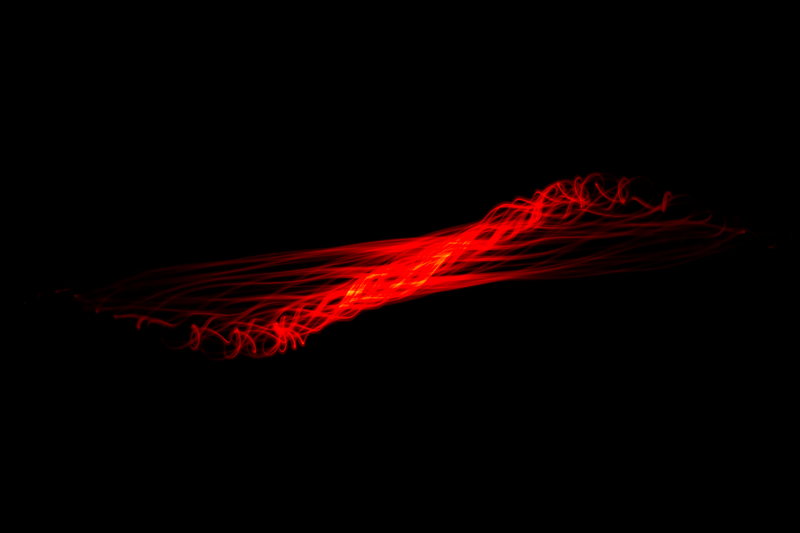
With ripples applied
A number of these images will also available for Wall Art prints and commercial licensing – Get in touch if you’d like further details.
You can view the full set of images from this project in the Featured Projects Gallery.

